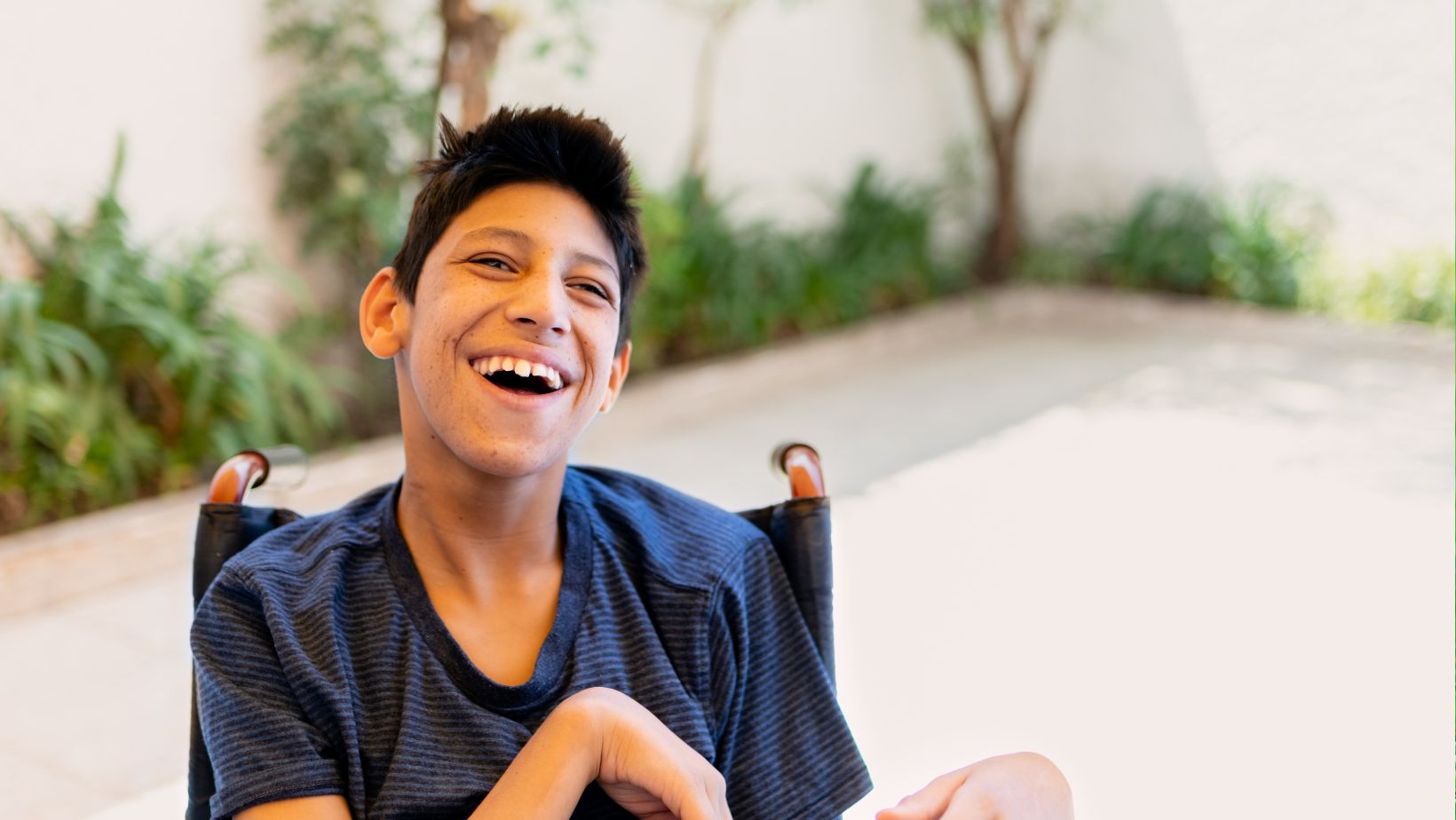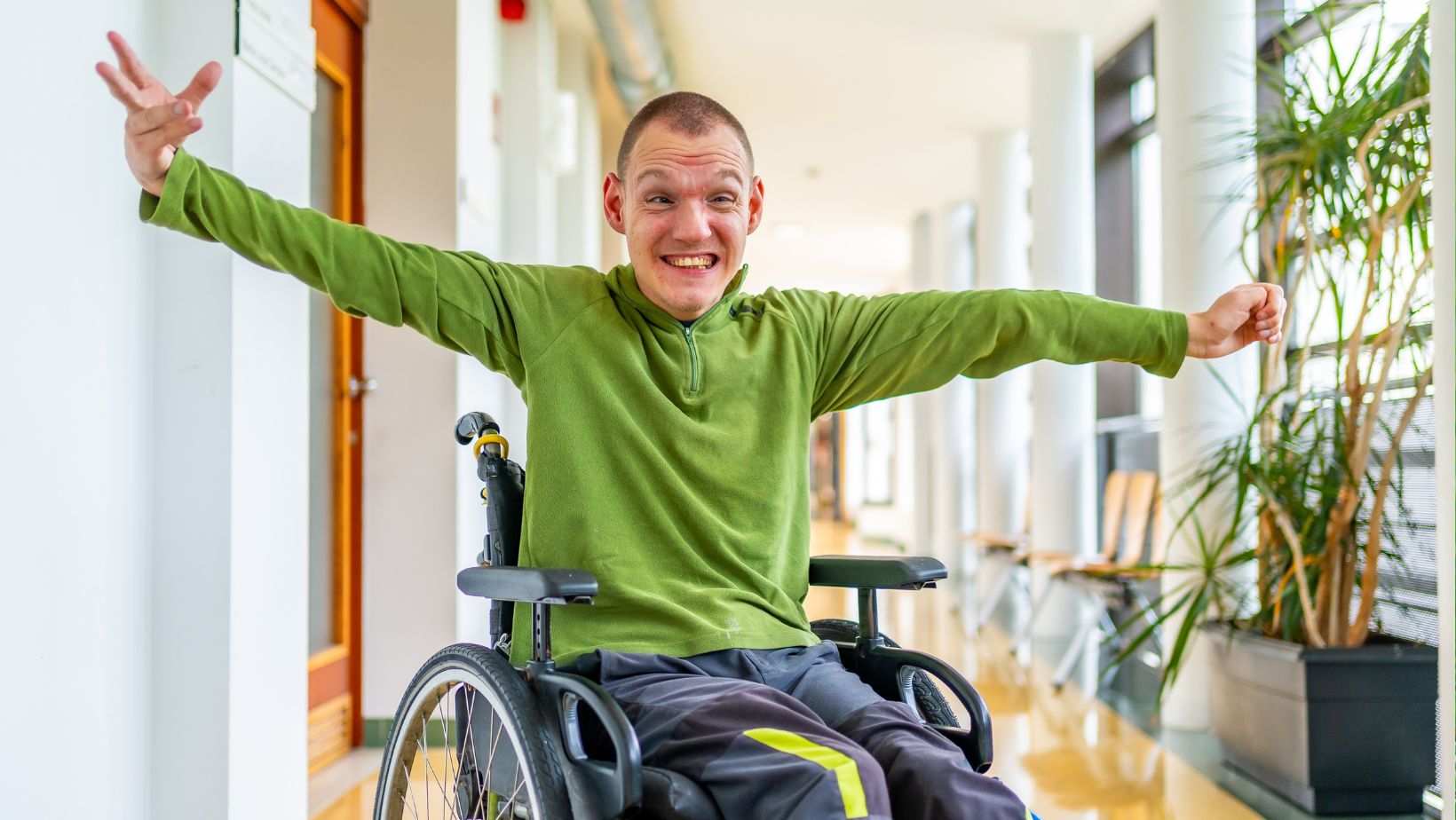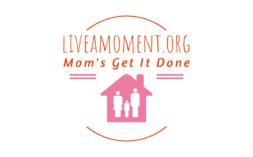Cerebral palsy is a neurological condition that affects movement, muscle control, and posture. One of the common challenges associated with this condition is cerebral palsy baby feet disorder. This foot deformity impacts mobility and overall quality of life and is often caused by muscle tone imbalances.
If not addressed promptly, it can lead to various complications. Understanding these deformities’ causes, types, and treatments is essential for early intervention and better outcomes.
What Causes Foot Deformities in Babies with Cerebral Palsy?
Foot deformities in babies with cerebral palsy stem from muscle tone, coordination, and control issues. The condition disrupts the brain’s ability to send proper signals to the muscles, resulting in tightness (spasticity), weakness, or unbalanced movements.
Over time, these problems lead to abnormal foot positioning and development. Early intervention with physical therapy, orthotic devices, and sometimes surgery can help manage and treat these deformities, improving mobility and function for babies with cerebral palsy.
Sometimes, families later find out that their baby’s cerebral palsy or foot problems may have started from what happened during birth—like when oxygen levels dropped or a delivery took too long. It’s not always clear what went wrong or if it could’ve been prevented. Talking with a birth malpractice lawyer in Paterson can help parents understand the medical details better and see if those delivery issues played a part in their child’s condition.
Types of Foot Deformities in Babies with Cerebral Palsy
- Equinus Deformity (Toe-Walking)
It is one of the most common foot issues in babies with cerebral palsy. It causes the heel to rise, forcing the child to walk on their toes.

It results from tight calf muscles and can lead to instability and discomfort.
- Clubfoot
Clubfoot occurs when the foot twists inward and downward. This deformity makes it difficult for a child to place their foot flat on the ground. If untreated, clubfoot can significantly impair walking and balance.
- Flat Feet (Pes Planus)
Flat feet occur when the arch of the foot does not develop correctly, often due to weak muscles or ligaments. While not always painful, flat feet can affect balance and gait, making physical activities more challenging for the child.
- Varus and Valgus Deformities
Varus deformity turns the foot inward, while valgus deformity causes it to turn outward. Both result from imbalances in muscle strength and tone and can lead to difficulties in standing and walking.
- Plantar Flexion Deformity
In this condition, the foot points downward, making it hard for the child to place it flat on the ground. It often accompanies equinus deformity and can worsen over time without treatment.
Treatments for Foot Deformities in Babies with Cerebral Palsy
- Physical Therapy
Physical therapy focuses on stretching tight muscles and strengthening weak ones. Therapists use various exercises to improve foot alignment and overall mobility. Regular sessions can prevent deformities from worsening.
- Orthotic Devices
Orthotic devices, such as braces or shoe inserts, support the feet and help improve posture.

These are often custom-made to address the child’s specific needs and can be a non-invasive way to manage deformities.
- Botox Injections
In some cases, Botox is used to relax spastic muscles, particularly in conditions like equinus deformity. It allows the foot to return to a more natural position temporarily.
- Serial Casting
Serial casting is a common treatment for deformities like clubfoot. This involves placing the foot in a cast that is gradually adjusted over several weeks to improve its alignment.
- Surgery
Severe deformities may require surgical intervention. To improve the foot’s function, surgeons can release tight muscles, lengthen tendons, or correct bone alignment.
Conclusion
Foot deformities in babies can severely impact their overall quality of life. If your baby shows signs of a foot deformity, consult a healthcare specialist. In cases where cerebral palsy results from birth injuries caused by medical negligence, families must understand their legal rights.
A birth injury lawyer can provide legal support in seeking justice and compensation. Every child deserves the opportunity to grow, move, and thrive. With proper care and support, babies with cerebral palsy can achieve better mobility and a higher quality of life.


